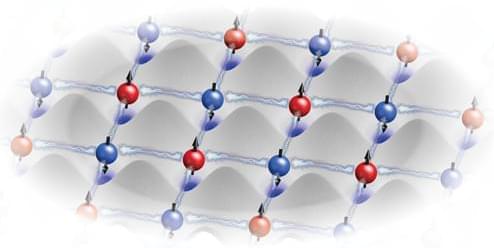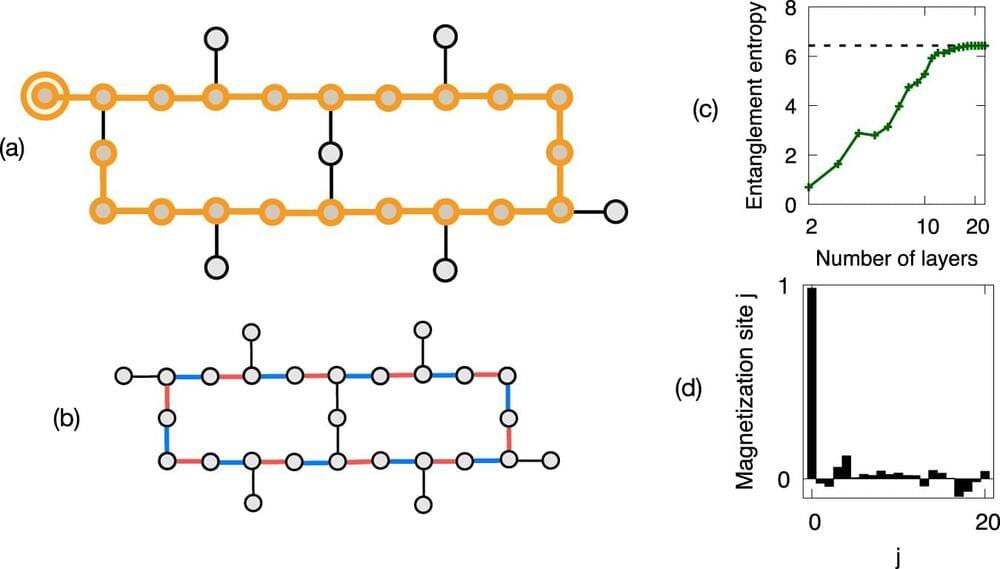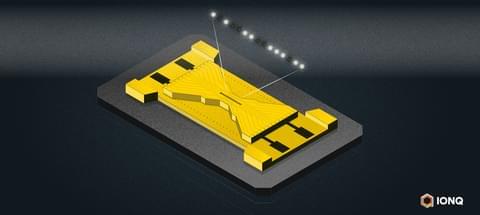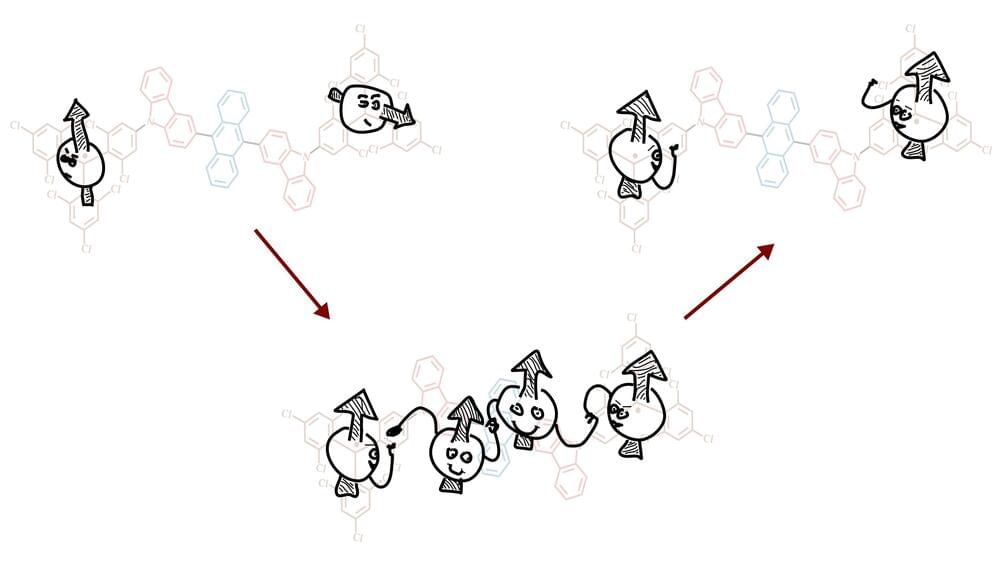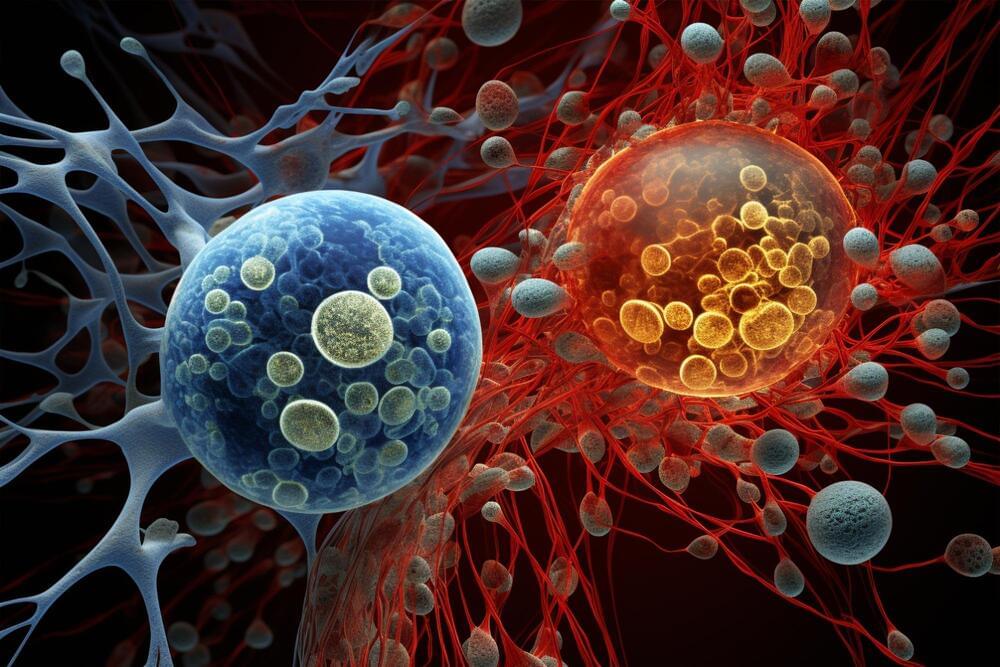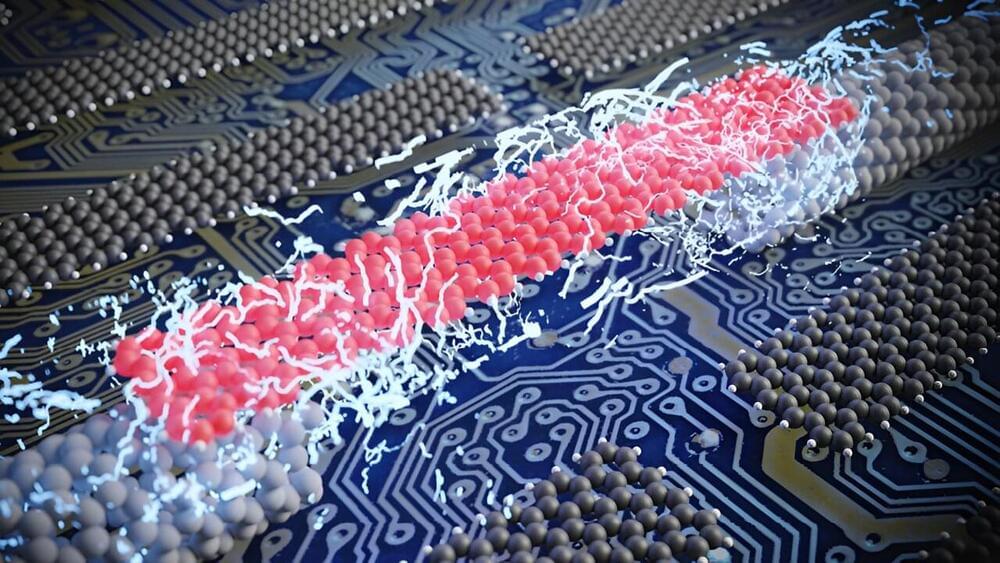
Graphene nanoribbons have outstanding properties that can be precisely controlled. Researchers from Empa and ETH Zurich, in collaboration with partners from Peking University, the University of Warwick and the Max Planck Institute for Polymer Research, have succeeded in attaching electrodes to individual atomically precise nanoribbons, paving the way for precise characterization of the fascinating ribbons and their possible use in quantum technology.
Quantum technology is promising, but also perplexing. In the coming decades, it is expected to provide us with various technological breakthroughs: smaller and more precise sensors, highly secure communication networks, and powerful computers that can help develop new drugs and materials, control financial markets, and predict the weather much faster than current computing technology ever could.
To achieve this, we need so-called quantum materials: substances that exhibit pronounced quantum physical effects. One such material is graphene. This two-dimensional structural form of carbon has unusual physical properties, such as extraordinarily high tensile strength, thermal and electrical conductivity—as well as certain quantum effects. Restricting the already two-dimensional material even further, for instance, by giving it a ribbon-like shape, gives rise to a range of controllable quantum effects.
